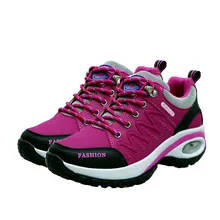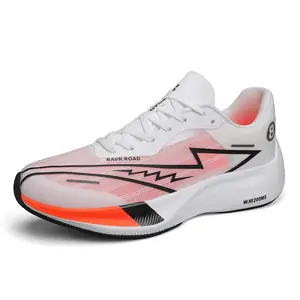Nhận phù hợp nhất. giày chạy bộ chuyên nghiệp mà họ đang tìm kiếm.
Tất cả . giày chạy bộ chuyên nghiệp được sản xuất từ vật liệu cao cấp có vẻ ngoài trang nhã, độ bền lâu và dễ dàng vệ sinh. Ngoài sức hấp dẫn về mặt thẩm mỹ của chúng, các vật liệu trong này. giày chạy bộ chuyên nghiệp đủ xốp để tăng khả năng thở để tạo sự thoải mái và an toàn. Các. Các kiểu dáng và chất liệu giày chạy bộ chuyên nghiệp cũng cung cấp sự hỗ trợ cho bàn chân thông qua phần lót gót chân thích hợp, kích thước ngón chân và giường để chân giải phẫu phù hợp. Ngoài ra, chúng bổ sung cho nhiều loại quần áo khác nhau, từ quần jean, quần áo dài và nhiều loại quần áo thông thường khác.
giày chạy bộ chuyên nghiệp trên Alibaba.com đã kết hợp nhiều cân nhắc khác nhau bao gồm cả các kiểu thời tiết. Có. giày chạy bộ chuyên nghiệp phù hợp với mùa lạnh hơn và những thứ khác phù hợp với điều kiện thời tiết nóng hơn. Một yếu tố thiết yếu khác được xem xét là kích thước của. giày chạy bộ chuyên nghiệp. Không ai phải lo lắng về kích thước bàn chân của mình vì chúng có đủ kích cỡ. Tận dụng tối đa những ưu đãi này và gây ấn tượng với chính bạn, bạn bè hoặc người thân của bạn. Cải thiện thành tích tiết kiệm của bạn với những ưu đãi hấp dẫn này. Phạm vi của giày chạy bộ chuyên nghiệp trên Alibaba.com trong khi vẫn duy trì chất lượng tuyệt vời .. giày chạy bộ chuyên nghiệp người bán và người bán buôn chắc chắn tìm thấy các giao dịch sinh lợi khi mua hàng loạt. Bạn chỉ cần một cú nhấp chuột là có thể tìm thấy dịch vụ hậu mãi đảm bảo và sản phẩm chất lượng hoàn hảo.




































 浙公网安备 33010002000092号
浙公网安备 33010002000092号 浙B2-20120091-4
浙B2-20120091-4